Why Is Dust Grey?
Dust can be quite a common occurrence in many homes, especially if you have pets. Dust can be in many colors. So, why is dust grey?
Dust can be any color. It depends on the environment it comes from. Dust can come from many things, such as leaves and dead skin cells.
Dust is grey because it contains dead skin cells, pollen, and other organic matter. Dust that contains these components is usually grey as a result of absorbing most of the colors. However, dust can be any color, depending on where it comes from.
Reason Behind Why Is Dust Grey
Dust can be made up of many different particles—such as sand, dirt, rust, metal shavings, and so on—and all of these particles have different colors.
However, the dominant color of any dust is grey because all of these particles are coated by a thin—usually grey—layer of carbon.
This carbon is a product of the incomplete combustion of organic matter—such as wood or plant matter—caused by the dust being disturbed.
What Is the Science of Dust
Dust is simply defined as small particles—ranging from 0.5 to 10 microns—suspended in the air. These particles can be solid—like household dust—or liquid or gas—like smog or soot particles.
These tiny particles are usually more hazardous to our health than the larger ones, as they can easily get into our lungs and be breathed in.
The type of dust that is most dangerous for our health is cigarette smoke—also known as secondhand smoke—since it contains thousands of harmful chemicals and carcinogens.
On the contrary, living in a house with clean air filters can help us breathe better.
Studies have shown that exposing children to toxic dust in their homes can have a negative impact on their respiratory system and even on their cognitive development—since their brain is still developing during the first years of life.
In addition, the American College of Allergy, Asthma, and Immunology recommends that to keep our homes dust-free, we should vacuum regularly, use a damp mop instead of a dry one, and use a HEPA filter for our vacuum cleaner.
What Is the Composition of Dust?
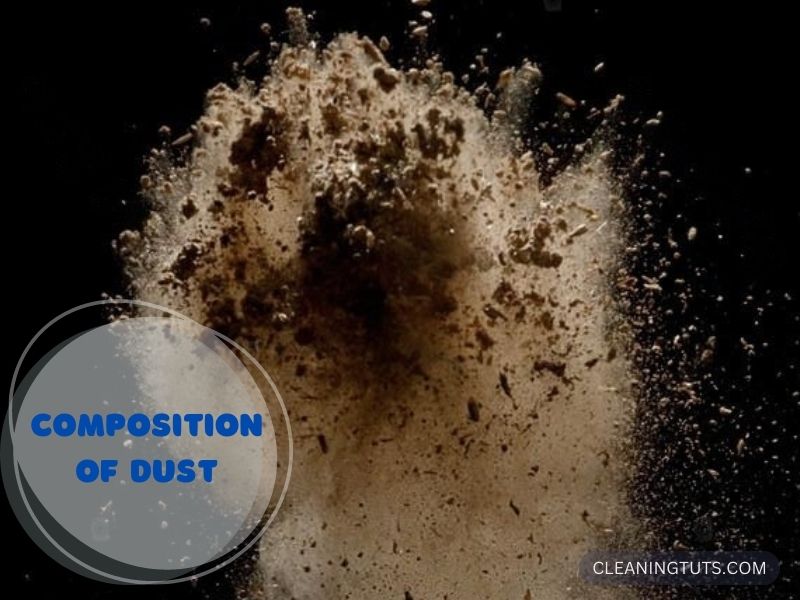
Dust is made up of thousands of different particles. These particles include minerals—such as quartz, feldspar, and mica—as well as various organic compounds and pollutants.
Some of the most common elements found in dust include calcium, silicon, aluminum, iron, and copper.
In addition, dust might also include small amounts of lead, mercury, arsenic, and other heavy metals.
These elements can be found not only in dust but also in the air we breathe and the water we drink—meaning they can impact our health if we’re exposed to too much.
What Are the Different Types of Dust?
Household Dust
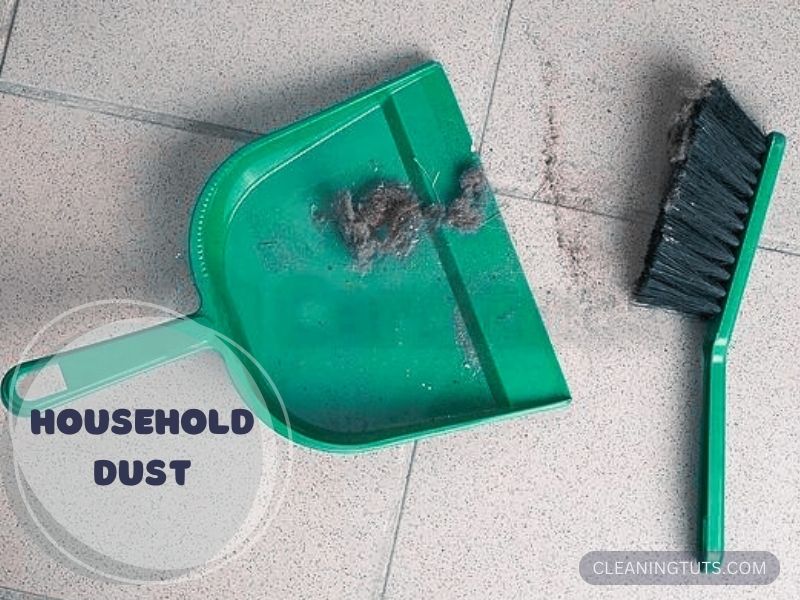
Household dust—such as carpet fibers and fragments of drywall—is one of the most common types of dust. This dust can have a significant impact on the health of those with allergies or asthma. However, it is not typically harmful to those without these conditions.
Tobacco Dust
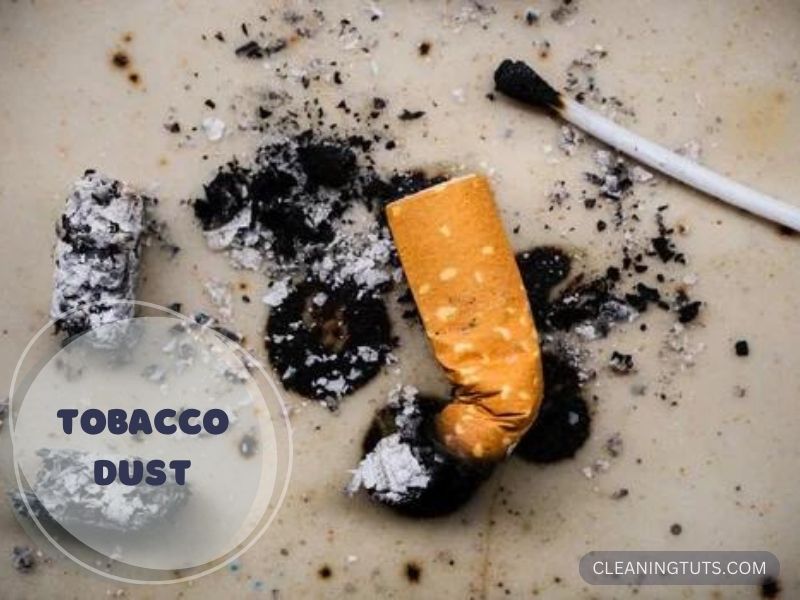
Tobacco dust—also known as tobacco flakes—is a byproduct of the tobacco manufacturing process. This dust can be harmful if inhaled or ingested.
Powdered Metal Dust
Powdered metal dust—such as that found in grinding or polishing operations—can present a serious health risk if inhaled. Metal dust can contain heavy metals such as lead or arsenic, which can have adverse effects on the nervous system or other organs.
Metal Particulate Dust

Metal particulate dust is the most dangerous type of dust. It is the result of grinding or machining metal—and can contain harmful substances such as lead or arsenic. This type of dust should never be inhaled.
Wood Particulate Dust
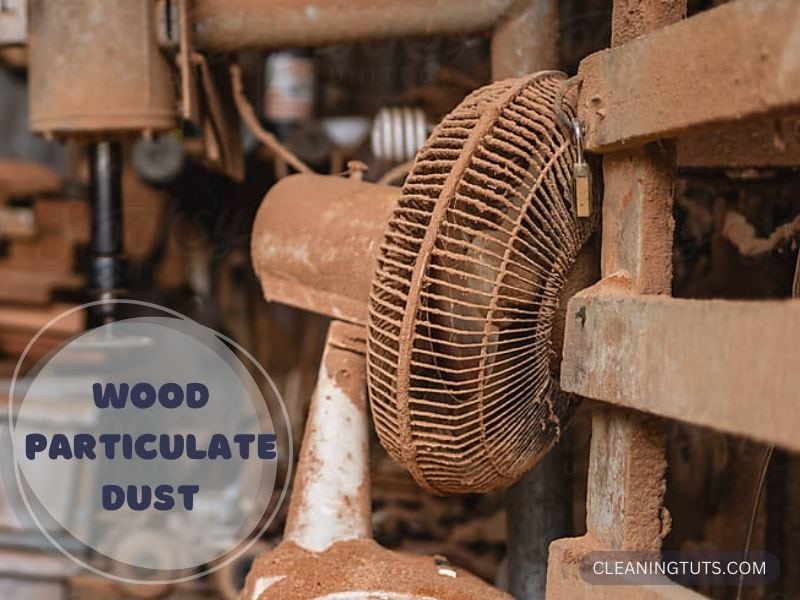
Wood particulate dust comes from sawmills and woodworking operations. It is similar to metal particulate dust—but not as dangerous because of its lower metal content.
Metal Powder Dust
Metal powder dust is the ground-up product of metals, such as iron or steel. It can cause respiratory problems when inhaled—and should always be properly filtered and contained.
Allergic Reaction to Dust
The most common reaction to inhaled dust is an allergic reaction. Symptoms of an allergic reaction include: sneezing, runny nose, itchy and watery eyes, and—in severe cases—anaphylactic shock. Allergic reactions are typically mild and manageable—but should be treated by a doctor if they persist or worsen.
Inhalation of Dust Particles
Inhalation of dust can cause a variety of symptoms, such as irritation in the throat or chest, shortness of breath, cough, and fever. These symptoms can be managed with rest and fluids—but should be seen by a doctor if they persist or worsen.
Inhalation of Metal Particles
Inhalation of metal particles can cause serious complications such as respiratory problems, lung damage, and even death. Metal particles should never be inhaled—and should be thoroughly filtered if present in the air in a work environment.
Inhalation of Metal-Coated Particles
Inhalation of metal-coated particles—such as steel wool or iron filings—can lead to complications such as respiratory problems and lung damage. In these cases, the metal coating should be removed before being inhaled.
What Are the Dangers of Dust?
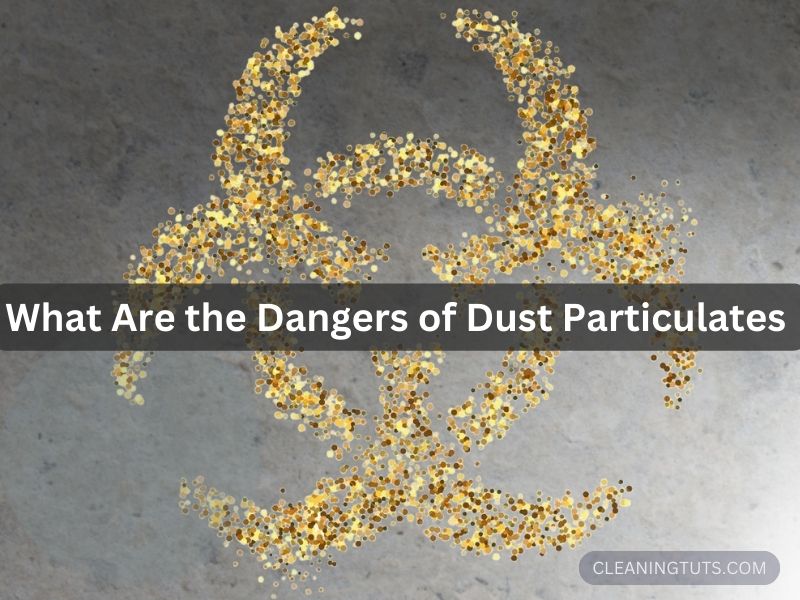
Inhalation—Dust Particles Can Cause Damage to Lungs
Dust can cause damage to the lungs when inhaled. It can also lead to breathing problems and allergic reactions, such as asthma and hay fever. In some cases, exposure to dust can even lead to life-threatening illnesses such as silicosis.
Skin—Dust Can Cause Allergic Reactions and Skin Irritation
Dust can cause allergic reactions and skin irritation. It can also result in dry skin and eczema. Repeated exposure to dust can also cause you to develop a skin rash.
Gastrointestinal—Dust Can Lead to Nausea and Vomiting
Exposure to dust can lead to nausea and vomiting. It can also cause stomach pain and diarrhea. The symptoms usually subside once the body gets rid of the excess dust. However, repeated exposure can lead to more severe complications, such as kidney damage or lung disorders.
Chronic Health Problems—Repeated Exposure to Dust Can Lead to Chronic Health Problems
Repeated exposure to dust can lead to chronic health problems such as asthma, bronchitis, or lung diseases. It can also cause damage to your respiratory system and can even lead to death in some cases.
How Can You Prevent Dust?

Avoid Sensitizing Substances
Dust can be a problem for people with sensitivities to certain substances—especially those who have allergies or asthma. Avoiding these substances can help reduce the amount of dust in your home.
Clean Regularly
Regularly cleaning your house can help remove and prevent dust build-up. Sweeping, mopping, and vacuuming regularly can help prevent dust from accumulating in areas where it can be an issue.
Use Humidifiers
Using humidifiers in your home can help reduce the amount of dust. Humidifiers can help keep the air moist, making it less likely for dust to accumulate.
Install Air Filters
Installing air filters in your home can also help reduce the amount of dust. Air filters can trap allergens and dust particles, reducing the amount of dust in the air.
Why Is There So Much Dust in My Room Even After I Clean It?
Dust is a natural part of life—and it’s not just something that magically appears in your home.
Even if you clean your room every day, dust will still settle on surfaces, in corners, and in that deep little drawer that you never open.
It’s true that dust is a natural part of life, but too much of it can cause health problems. Breathing in too much dust can aggravate allergies and even cause asthma.
Too much dust can also lead to an increased risk of lung and heart diseases. Many studies have shown that breathing in dust particles—including the ones you find in your home—can be dangerous.
The health risks of breathing in too much dust may not be as imminent as breathing in polluted air or toxic chemicals, but they’re a real concern if you have too much dust in your home.
How Do I Control Fine Dust in My House?
To control fine dust in your house, you can try some or all of the following methods:
Fine-dust-proof your house—Cover all vents and openings with fine-dust-proof barriers (such as filters or tape), and seal off the areas that are most prone to the entry of dust particles into your house (such as under the sink and behind the washing machine).
Reduce the amount of dust in your house—Most fine dust is produced by items that are used regularly, such as printers, vacuum cleaners, and air conditioners.
Thus, it is important to properly maintain these items to reduce their dust production—for example, regularly cleaning the exhaust filter of your vacuum cleaner and regularly changing the air filter of your air conditioning unit.
Another way to reduce fine dust in your house is by reducing the number of items that produce it.
For example, replacing old appliances with new ones that consume less energy and produce less fine dust—such as LED light bulbs instead of incandescent bulbs—or replacing a traditional vacuum cleaner with a robotic vacuum cleaner.
Lastly, you can use products that are labeled as reducing the production of fine dust by the items they are used with—such as air filters for your air conditioning unit that are labeled as reducing fine dust.
You can also try using an air purifier—as these devices are specifically designed to remove fine dust from the air.
Conclusion
That’s all for today. We hope you found this article helpful. If you liked this article, share it with your friends and family. If you have any questions or comments, leave them below.

